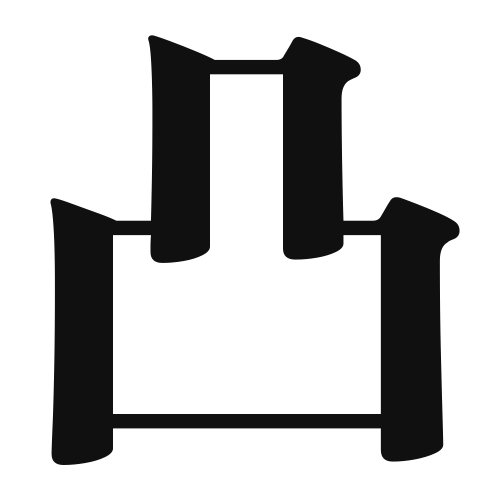1. Overview of Meaning
The kanji “凸” (pronounced “totsu”) generally means “convex” or “protruding.” It describes shapes or surfaces that bulge outward, often used in contexts related to geometry or physical objects.
2. Formation and Radicals
The kanji “凸” is a phonetic compound (形声文字) that combines the radical for “mountain” (山) and a phonetic component that suggests the sound. The radical indicates a connection to shapes and forms.
The radical for “凸” is 山, which relates to its meaning of protrusion or elevation.
3. Examples of Usage
Common words and phrases that include “凸” are:
- 凸レンズ (totsu renzu) – convex lens
- 凸凹 (deko boko) – unevenness or bumps
Example sentence in daily conversation:
「このテーブルは凸凹している。」 (Kono tēburu wa deko boko shite iru.) – “This table is uneven.”
4. Synonyms and Antonyms
Similar kanji with related meanings include:
- 凹 (ō) – meaning “concave,” which is the opposite of “凸.” While “凸” refers to outward bulges, “凹” describes inward curves.
Antonyms include:
- 凹 (ō) – as mentioned, it represents the opposite concept of concavity.
5. Cultural and Historical Background
The kanji “凸” is often used in Japanese culture to describe various objects and concepts that have a physical form. It can be found in art, design, and architecture, where convex shapes are appreciated for their aesthetic qualities.
In proverbs and idiomatic expressions, “凸” may not be as commonly featured, but it can appear in discussions about balance and harmony, reflecting the importance of form in Japanese aesthetics.
